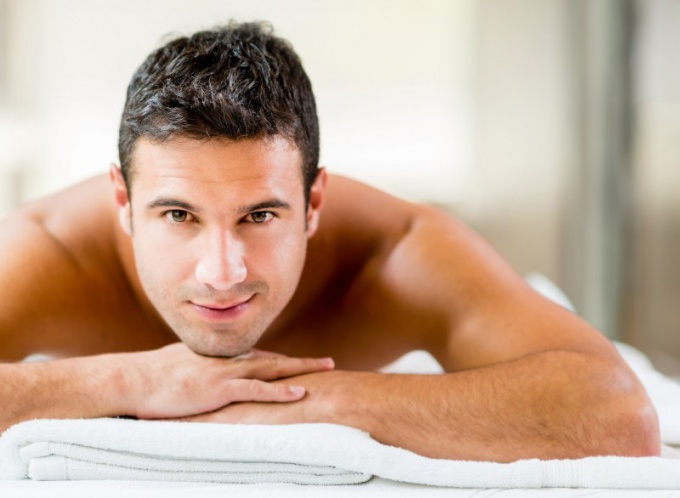Types of urological massage
Urological massage is made to treat or extract a secret from a painful prostate on the analysis.
There are several types of urological massage:
- stimulation of the urethra;
- stimulation of the prostate;
- stimulation of the seminal vesicles and koprovyh glands.
Over the century of its existence, this procedure has not received wide popularity. This is despite the fact that it gives excellent results in combination with other methods of treatment for such ailments as chronic urethritis, prostatitis, vesiculitis, inflammation of the testicles etc.
Many representatives of the stronger sex perceive urological massage, as humiliating and painful procedure. However, according to doctors, these reasons are unfounded. Provided the procedure by a professional, this massage is able to reduce the duration of treatment of various urological diseases, to relieve inflammation and to normalize the intimate life of men.
Urological massage: technique
Approximately 30 minutes before the procedure is recommended to cleanse your colon using an enema. The optimal body position for massage – lying on his right side, with legs bend at the knees and pressed to her stomach. This position provides the best access to the internal organs. In addition, it promotes greater relaxation of the muscles in the pelvic floor.
In diseases of the urethra massage is performed through the rectum. It has a beneficial effect after the complications of gonorrhea. Urologic massage gives a good effect for inflammation of the seminal vesicles, which is accompanied by vesicles or urethritis.
When inflammation of the prostate uses a different technique of this massage. The doctor feels the index finger of the prostate gland and easily at her push. That the procedure was not too painful, an anesthetic substance in use.
Urological massage: indications and contraindications
Urological massage is usually used in the following diseases:
- chronic urethritis;
- spermatorrhea;
- the catarrhal form of prostatitis;
- atony of the prostate;
- traumatic inflammation of testicles;
- vesiculitis;
- coperet.
Despite the high efficiency, this procedure has some contraindications:
- increased body temperature;
- acute prostatitis;
- hemorrhoids;
adenoma of the prostate;
- tuberculosis of the prostate;
- thrombosis;
stone disease.
